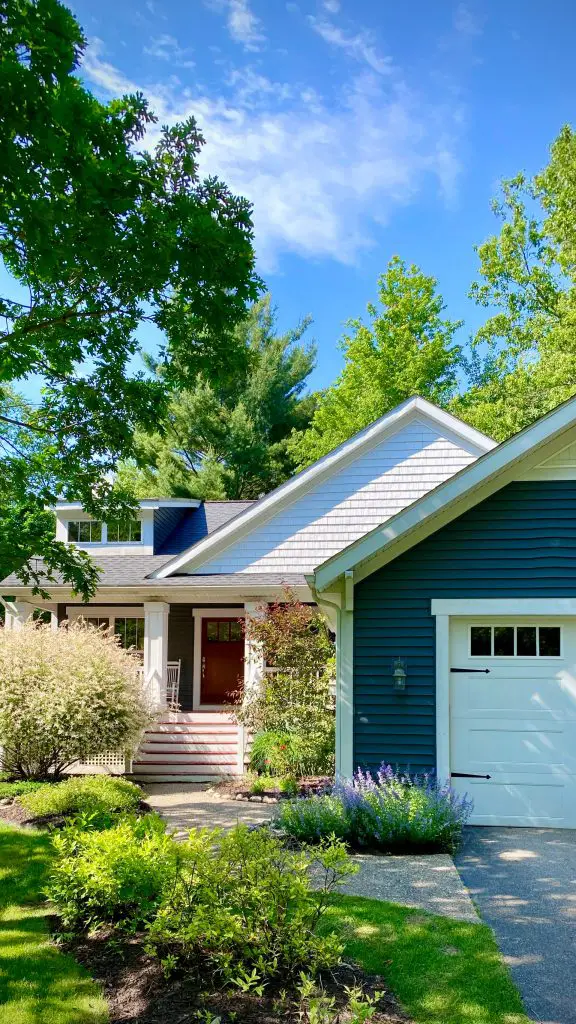A leaking roof may generate a variety of possible problems for a property if the underlying reasons are not detected and corrected swiftly. Due to the fact that water may permeate virtually everything, locating the exact source of the leak may seem tough or overwhelming for a novice. As a result, we’ve developed a list of the most frequent causes of roof leaks to help you avoid expensive repairs.
Before we begin, here is a summary of the topics we will explore in this blog. Check out londonecometal for metal roofing that is very helpful to protect against roof leaks.

We’ll discuss the most prevalent causes of roof leaks and some ways for detecting them early. Following that, we’ll give you some preventative maintenance advice to help you avoid further leaks.
1. You Have Ice Dam Buildup
An ice dam is a ridge of ice that grows along the edge of a roof, obstructing the flow of melting snow (water). The combined weight of the ice and the water lying on the roof’s surface might cause damage to the roof.
Your attic (and the rest of your home) generates heat above freezing, causing part of the snowfall to melt despite the frigid conditions outside. The water will then flow between the roof’s surface and the snow, and when it reaches the roof’s the outside edge, it will refreeze into ice.
Invest in a roof rake, which resembles a long-handled sideways shovel, and use it to reach up onto the roof and remove at least the first four feet of snow off the roof edge. If you see the formation of an ice dam, try treating it with an ice melt product, following the manufacturer’s instructions. As winter approaches, be prepared to devise a method for removing snow from your roof.
2. Your Shingles Are Broken

Consider your surroundings! This one is rather obvious. Due to the fact that shingles constitute the roof’s external layer, you should be able to spot missing shingles by seeing different-colored areas on your roof. Alternatively, you may discover shingles littering your yard during a severe storm.
Pry the row of nails connecting the damaged shingle to the one below using a pry bar. As you lift up until the nail bursts, push down on the shingle to remove it. Rep with the remainder of the nails. Remove the broken shingle and fasten it with four fresh nails.
3. Your Valleys Aren’t Sealed Properly
A zone formed by the intersection of two roof planes. Due to the fact that these portions of the roof are often sloping, if the valleys are not correctly sealed together, rainfall might enter as it flows down the roof. You can determine whether there is an issue by looking for damp patches along the seams of your roof.
Numerous causes — the sealing may not have been done correctly in the first place, it may have broken when trodden on, or it may have eroded over time due to an abundance of rain and ice.
This is one of those tasks that, due to its intricacy, should be performed by a professional, and we do not advocate doing it on your own. Your roofer, on the other hand, will likely resolve the issue by installing a new leak barrier along the valley and shingling overtop.
4. Your Vent Booting Is Cracked
Roof vents are the little pipes that protrude from the top of your roof. They are used to remove excess moisture from the inside of a home. Leaks from this location will almost certainly result in the formation of matching black patches (and mustiness).
Roof vents are often sealed by enclosing the aperture with flashing and putting a tight, rubber boot over the place where the pipe protrudes through the roof. The flashing may eventually fail or the roof may deteriorate.

Remove the rubber seal surrounding the vent using a knife. Break the seal on any connected shingles using a pry bar. The new rubber boot should be slid under the shingles, over the vent, and down onto the roof. Then, using roofing nails on each side, attach the new boot and caulk under the shingles to bond them to the new flashing. Consider purchasing additional shingles to make the process of replacing damaged ones simpler.
5. Your Flashing Is Defective
Flashing is a thin strip of metal that is fitted under the shingles and along the roof’s seams to provide a water-resistant barrier that may be disguised or exposed. They will appear as long lengths of sheet metal if exposed, and as a rubberized covering if hidden. Large fractures will be seen in broken flashing.
Roofing contractors often use tar to glue the flashing together, which corrodes with time. If your flashing is left exposed, factors such as wind and rain may cause it to shatter.
Pry up the nails used to attach the old flashing after you’ve located the source of the leak. Remove any shingles that are in the way and the cracked portion. Gently install a new run of flashing in its place, securing it with roofing nails in the same pattern as the original piece. Then, treat the nail heads with roofing sealant. Check the flashing around your chimney and vents on a regular basis to verify that no gaps are allowing moisture to enter.
Thanks to londonecometal.com for consulting.
Leave a Reply